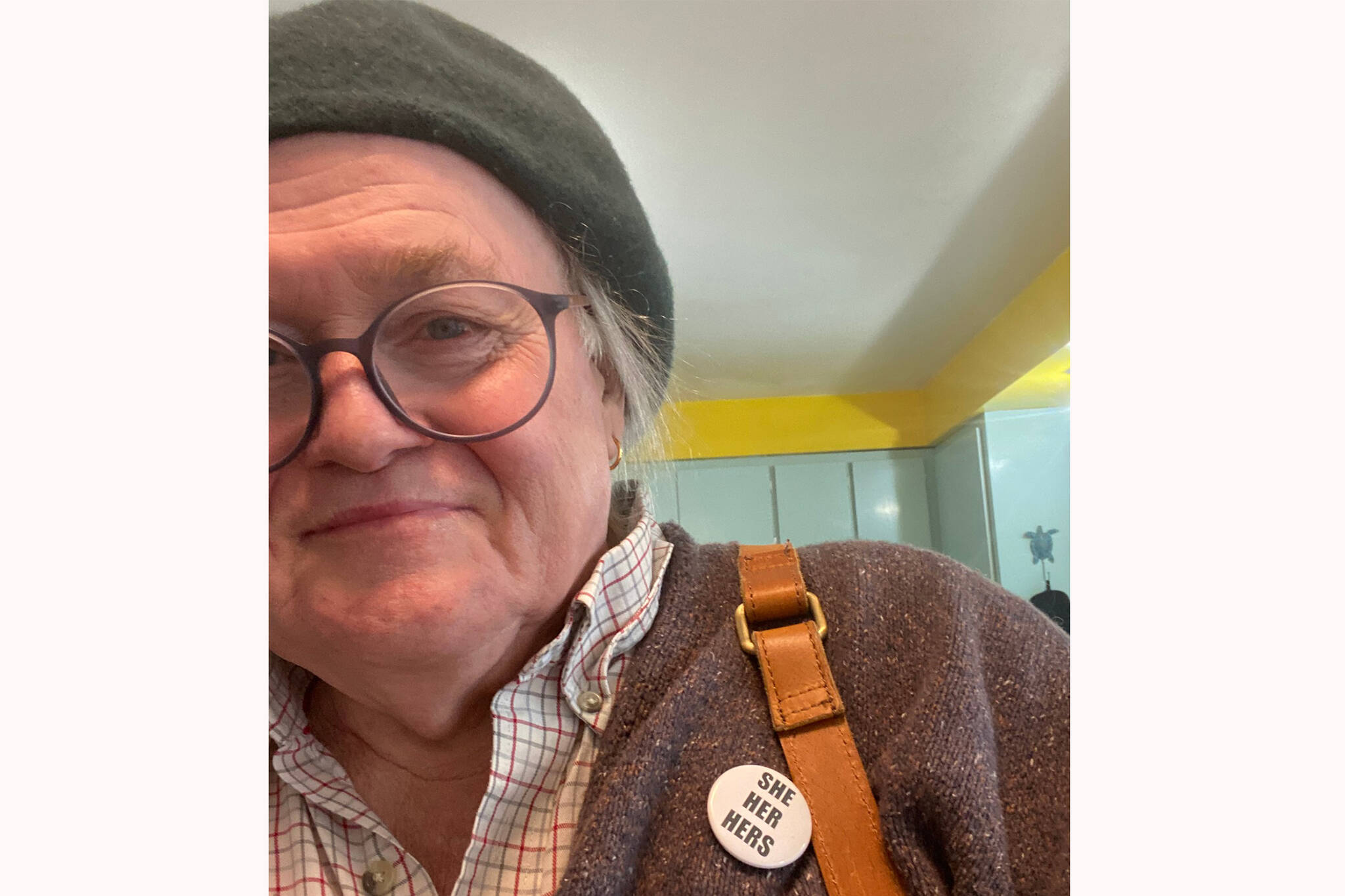A heckler at a Neil Young concert: They all sound the same!
Neil Young: It’s all one song!
In the summer of 1990, I left my home in the Land of New Jersey, where the air is as sweet as the disposition of its natives. Having found a job teaching in Washington state, on the dry side of the Pacific Northwest, I immigrated to a small town in the Columbia Basin, where the aroma of cattle ranches fills the air.
With my partner and our two young sons following behind me in our Jeep, I crossed the country driving a U-Haul truck, my only companion in the cab a knapsack of cassette tapes.
(This was back in the days of the cassette tape — which superseded the mercifully ill-fated 8-track, which superseded the beloved vinyl LP. The cassette tape itself was soon to be superseded by the Compact Disc, which now, of course, has been superseded by the digital MP3 file, which awaits its turn to be left behind in the race to get as far as possible from the sound of live music.)
Driving through Wisconsin, I reached into my knapsack for some sounds to stave off the boredom of mile after mile of dairy farm after dairy farm after dairy farm. I happened to grab a tape I hadn’t listened to yet, a mix tape of Indian music that was a farewell gift from a dear friend from New Delhi, a grad school classmate whose example (along with her friendship) taught me a lot about how to teach.
One side of the cassette had music by the most famous Indian musician of our time, Ravi Shankhar. On the other side was music by lesser-known sarod player and composer Amjad Ali Khan. (Known for his improvisations over formulaic Indian genres, Khan’s influence can be heard in Western music in minimalist works like those of Philip Glass.)
To an uninitiated listener like myself, Khan’s repetitions sounded, well, repetitive, the same thing over and over and over. Musicians have a term for the repetition of short melodic phrases — ostinati, from the Italian word for obstinate.
I‘m obstinate, too. I kept listening and listening — listening for the heart of this alien music. And I began to hear and become attentive to all the subtle and momentary variations in Khan’s recurrent ostinati.
Then an odd thing happened. Something clicked in my head, like maybe I’d been driving too long and got a touch of highway hypnosis. I felt like I’d been startled awake. Suddenly, the music and the landscape merged as if they were a single phenomenon, like a poem or a film, the sameness and repetitive “formulas” in both landscape and musicscape peppered with minute variations.
The music was the perfect analog for the landscapes I was passing through. And vice versa. The endless farmlands became a kind of visual symphony of ostinati, and Khan’s music a kind of aural topography with endless pastures, grazing cows and all.
Endless repetitions with unexpected variations. Music journalist Jim Connelly describes Neil Young’s music that way: “always the same, and yet completely unpredictable.”
I think my essays are kind of like that, too: collages of apparently unrelated things whose invisible ligatures show up only when they’re thrown together under the same roof: my skull. Like Amjad Ali Khan and Wisconsin — and what in the world are they doing in a Juneau, Alaska, newspaper column by some effeminate 70-year-old non-binary transgender queer?
What, indeed. These incongruous congruities, discordant harmonies, digressions pertinent and impertinent, however far afield, are self-indulgences in search of insight. Writing about anything, I find myself writing about everything, exploring random and tenuous connections, always hoping for some glimmer.
(My college pal Kevin gripes that I use too many parentheses. This is why, Kev.)
Nothing’s irrelevant. As Professor Moynihan’s interlocutor once protested, it’s all germane.
As night came on back there in Wisconsin, the dairy farms gave way to northern woodland. The forests closed in around the two-lane country blacktop that the interstate becomes in the northwestern part of the state. I ejected Amjad Ali Khan and rifled through my cassettes for something a little more homegrown.
And what could be more so, more autochthonous than a little acoustic Neil Young? I slipped the cassette into the player and that unmistakable voice came on, familiar and comforting, singing an old Ian and Sylvia song.
“Think I’ll go out to Alberta… .”
Wisconsin made the alien strains of Amjad Ali Khan sound familiar. Khan’s music made the sameness of the farmlands seem different, more interesting, more engaging. At the end of the day, however, acoustic Neil was like comfort food for my ears.
(Comfort food a simile for Neil Young? Talk about incongruous.)
But isn’t that our lives?— harmonious cacophonies, oxymoronic synonyms, momentary variations of the sameness of a day. The familiar becomes strange becomes familiar becomes strange–and then becomes familiar again, this time in a whole new way.
Jim becomes Johnny becomes Jane. It’s all one song.
• Jane Hale lives in Juneau with her partner and their two dogs. “Coming Out” appears biweekly on the Empire’s neighbors page.

